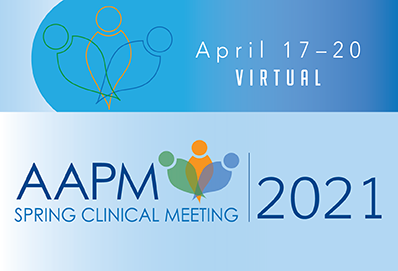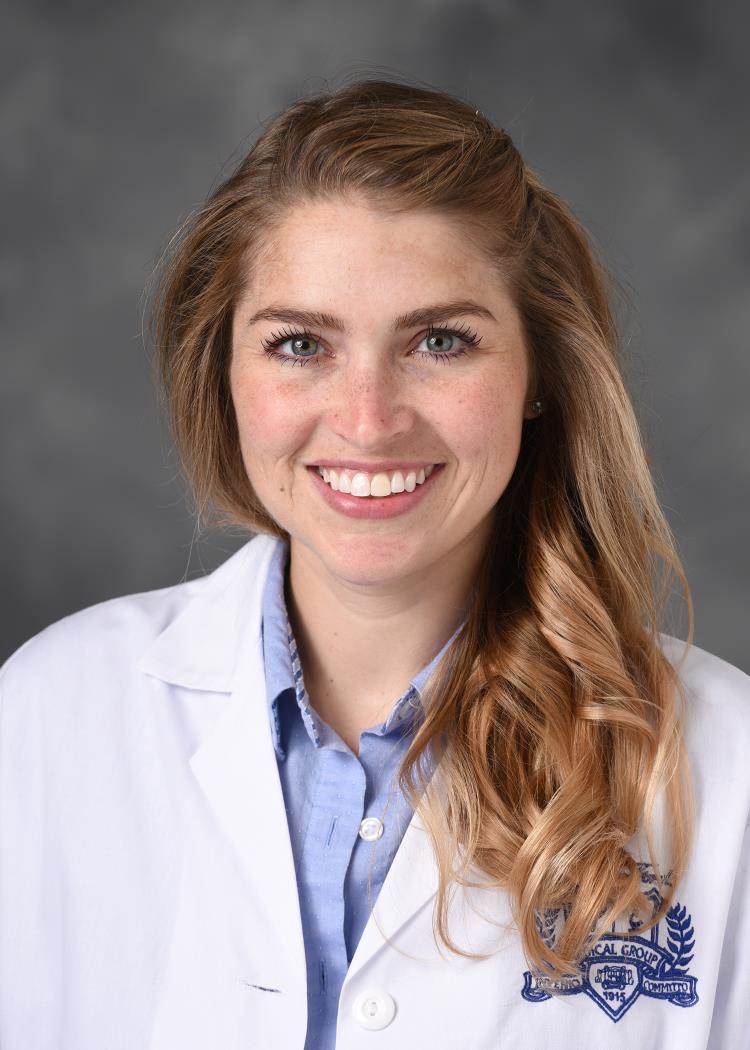Presentations
TU-B-Therapy Room-0 (Tuesday, 4/20/2021) 12:30 PM - 2:30 PM [Eastern Time (GMT-4)]
In this session, speakers will discuss three topics which emphasize how imaging can be leveraged to improve plans and outcomes for radiotherapy patients.
The first speaker will share the existing limitations of 4DCT: that the scans are acquired sequentially along the patient, with each location in the patient being imaged for between 1 and 2 breaths. This leaves 4DCT vulnerable to breathing irregularities, especially large changes in breathing amplitude or baseline; and that the use of simplified and qualitative descriptions of the breathing cycle and its subsequent impact on the utility of 4DCT. To ameliorate this, they propose that fundamental changes in image acquisition and tumor motion characterization are required to develop a replacement for 4DCT that overcomes existing limitations. This presentation will describe their method and serve as an opportunity for other clinics to implement their own program. The approach replaces the 4DCT image acquisition series with a repeated series of fast helical free breathing CT (FHFBCT) scans that are acquired across the tumor and other tissues as required for treatment planning. The required multislice CT detector length and scan speed may be beyond many currently owned CT simulators, but there are commercially available CT simulators, as well as diagnostic scanners that can meet the performance requirements. The FHFBCT data are used along with deformable image registration and a mathematical breathing motion model to provide a mathematical description of the tissue motion as a function not of time, but of the breathing surrogate. The motion model can be used to generate a CT scan at any user-specified breathing state. This approach has been clinically implemented for more than one year and has been used to generate breathing-sorted images for treatment planning for more than 30 patients.
The second speaker’s presentation delves into practical considerations for deformable image registration commissioning, as registration of multiple imaging studies to radiation therapy CT simulation, including MRI, PET-CT, and SPECT have valuable roles in image guidance, dose composition, and treatment delivery adaptation. To that end, AAPM TG132 on the use of image registration algorithms in radiotherapy, provides basic guidelines for quality assurance and quality control of the image registration algorithms, and the overall clinical process. An NRG working group was formed to investigate the feasibility of clinical implementation of TG132 and found incompatibility of TG-132 provided digital phantoms with commercial systems. Nine institutions participated and evaluated four commonly used commercial imaging registration software and various versions in the field of radiation oncology. The work group focused on providing a methodology to evaluate the image registration performance, a workflow for self-study evaluation of image registration, and provide practical tolerance recommendations for image registration system commissioning. In addition, multiple digital phantoms for different anatomical sites with various levels of deformation were tested to explore the deformable image registration accuracy of various commercial systems in terms of contour-based metrics and point-based metrics.
The final two speakers will discuss the implementation and clinical application of magnetic resonance (MR) guided radiotherapy. MRgRT has enabled superior imaging of the tumor during treatment and consequently potential to reduce treatment margins with confidence, even in the face of substantial tumor motion and/or other physiological changes during treatment. Clinical application of MRgRT has therefore facilitated on-line adaptive radiotherapy (ART) using stereotactic body radiotherapy and escalated doses for tumors in areas like the pancreas, where surrounding organs-at-risk like the duodenum have limited such dosing schemes on x-ray-based imaging systems. Initial results of on-line ART have shown promise toward improving patient outcomes. However, issues such as safety requirements in the MR environment, distortions resulting from the magnetic field and impact on dose distributions and measurement detectors, unique elements for commissioning, and workflows and staffing for complex procedures like on-line ART, need to be carefully understood.
Learning Objectives
1. The attendee will learn how to replace 4DCT with a more quantitative approach
2. The attendee will understand the image registration performance of various commercial systems and their limitations
3. The attendee will be familiar with the clinical utilization of MRgRT focused on on-line adaptive treatments, their limitations, and their potential toward improving outcomes
Keywords
Registration, Gating, Quality Assurance
Taxonomy
IM/TH- Image Registration: General (Most aspects)
Contact Email











